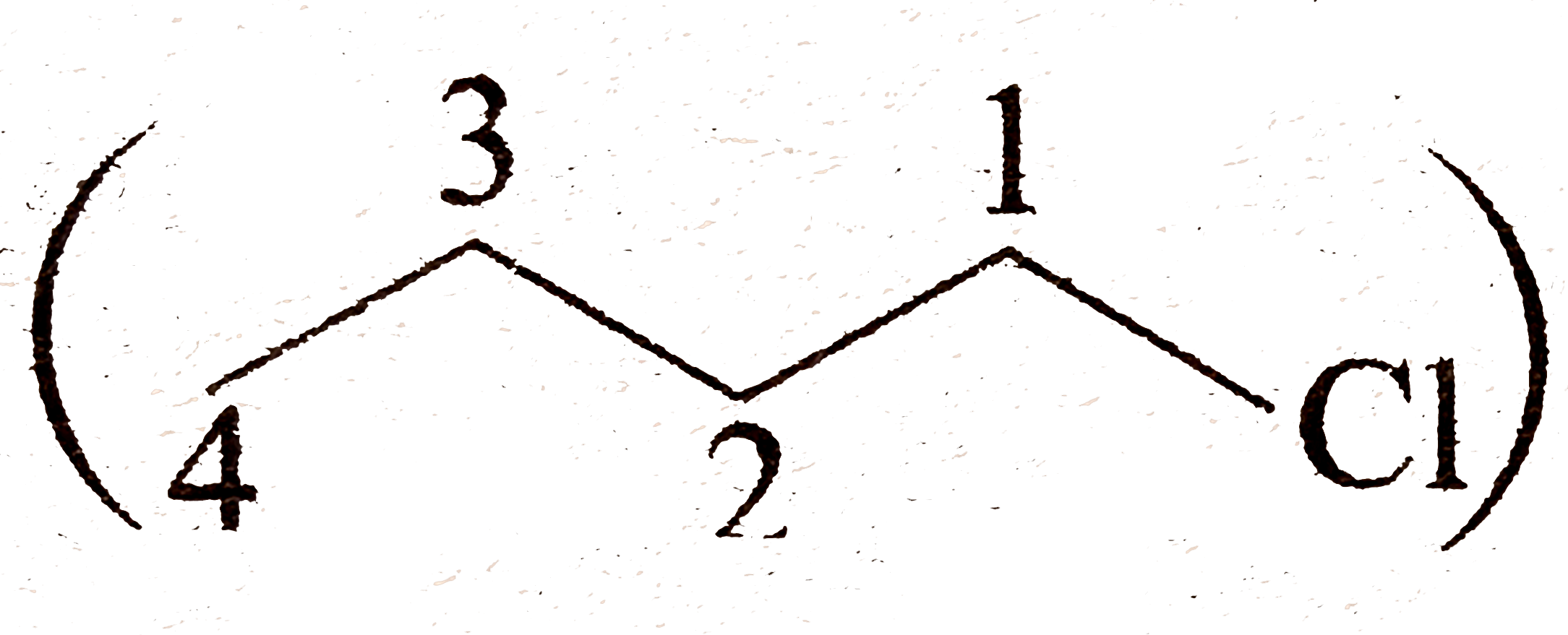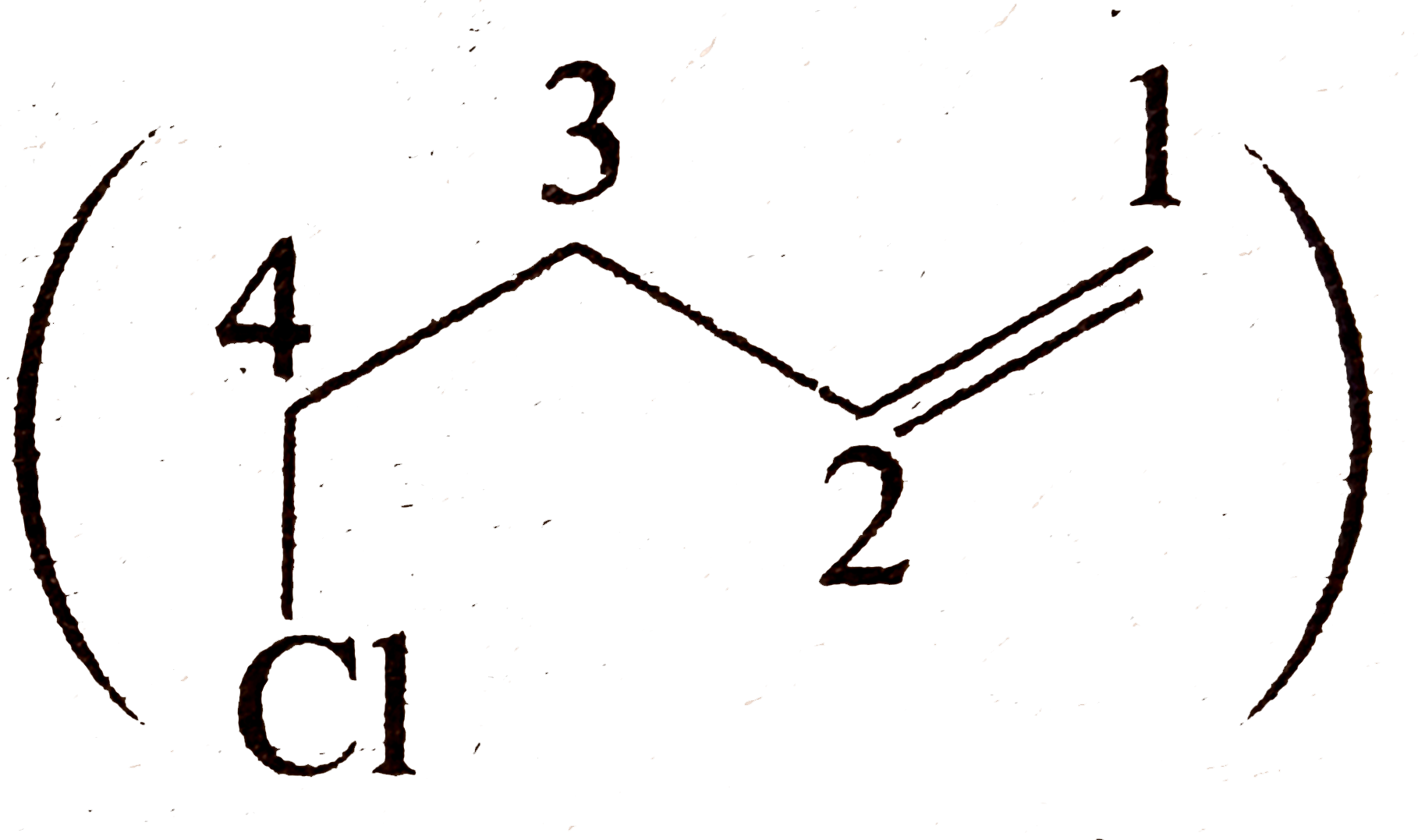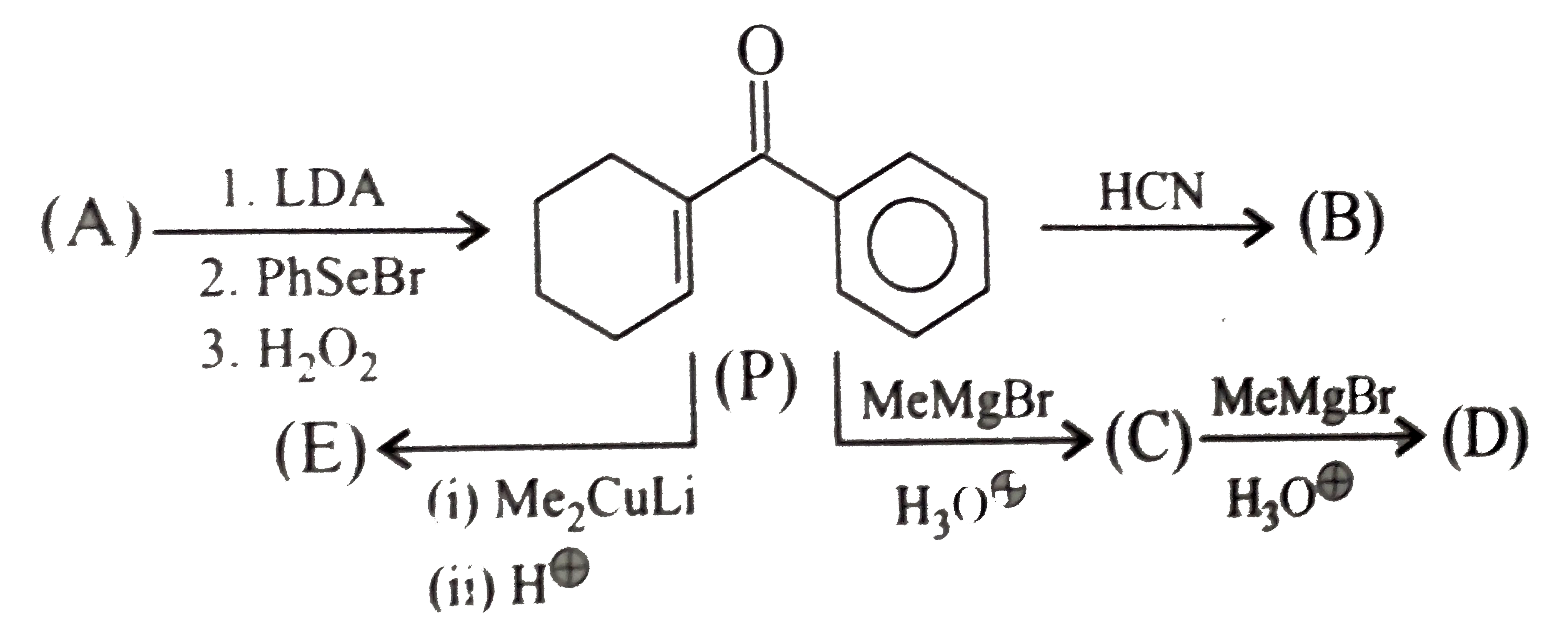Which of the following statements is / are wrong ?
A
Butyl chloride  (I) undergoes elimination reaction faster than 4− chloro− but−1−ene
(I) undergoes elimination reaction faster than 4− chloro− but−1−ene  (II)
(II)
B
(I) gives but−1−ene (III) on elimination with alc. NaOH while (II) gives buta −1,3−diene (IV).
C
The product (IV)( a congregated diene ) is more stable than the product (III), a monosubstituted alkene.
D
The transition states (T.S.) leading the products determing the relative stabilities of the product. Since the T.S. leading to buta −1,3−diene has lower ΔGactivation (free energy of the activation), so the elimination reaction of (I) will occur more rapidly.
Video Solution
Text Solution
The correct Answer is:A, D
The statement a and d are wrong if T.S. leading to buta−1,3−diene has low ΔGactivation, then reaction of (II) will occur more rapidly.
|
Updated on:21/07/2023
Topper's Solved these Questions
- BOOK - CENGAGE CHEMISTRYCHAPTER - ALKENES AND ALKADIENESEXERCISE - Single Correct Answer Type62videos
ALKENES AND ALKADIENES
- BOOK - CENGAGE CHEMISTRYCHAPTER - ALKENES AND ALKADIENESEXERCISE - Archives(ASSERTION-REASIOING)4videos
ALKENES AND ALKADIENES
- BOOK - CENGAGE CHEMISTRYCHAPTER - ALKENES AND ALKADIENESEXERCISE - linked Comprehension Type38videos
ALKENES AND ALKADIENES
- BOOK - CENGAGE CHEMISTRYCHAPTER - ALKANES AND CYCLOALKANESEXERCISE - Archives13videos
ALKANES AND CYCLOALKANES
- BOOK - CENGAGE CHEMISTRYCHAPTER - ALKYNESEXERCISE - Exercises (Archives - Analytical and Desriptive Type)4videos
ALKYNES
Similar Questions
Knowledge Check
- Question 1 - Select One
Which of the following statement is //are wrong ?
AIf the value of l=0, the electron distribution in sphericalBThe shape of the orbital is given by magnitic quantum numberCThe angular momentum of 1s2sand3s electron are equalDIn an atom all electron travel with the same velocity - Question 2 - Select One
Which of the following statement is wrong
AIn the lanthanide series the electrons occupy 4f-orbitals in
preference to 5d the and 6p-orbitals.BZero group was not present in the periodic table when Mendeleev presented it.CLaw of octave was presented by Newland.DCuprous compounds are coloured while cupric compounds are colourless. - Question 3 - Select One or More
Which of the following statement is/are wrong?
ABeilstein test is a reliable test for halogens in organic compounds.BIn Lassaigne's test for N, Prussian blue colour is due to the formation of ferro-ferri cyanide.CWhen FeCl3 solution is added to the Lassaigne's extract, a blue solution is obtained which indicates the presence of both N and S.DMolecular mass of an acid = Equivalent mass × acidity

